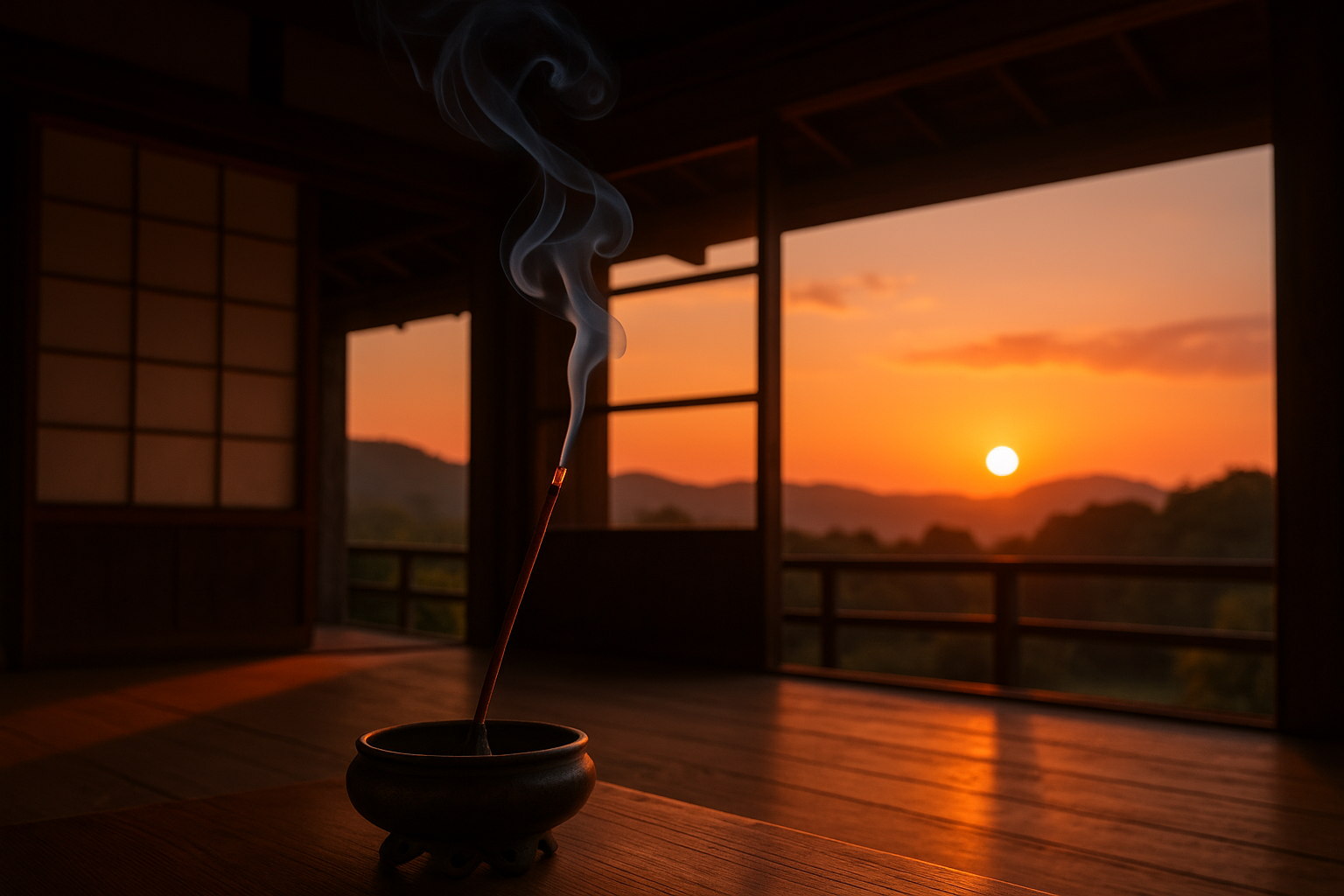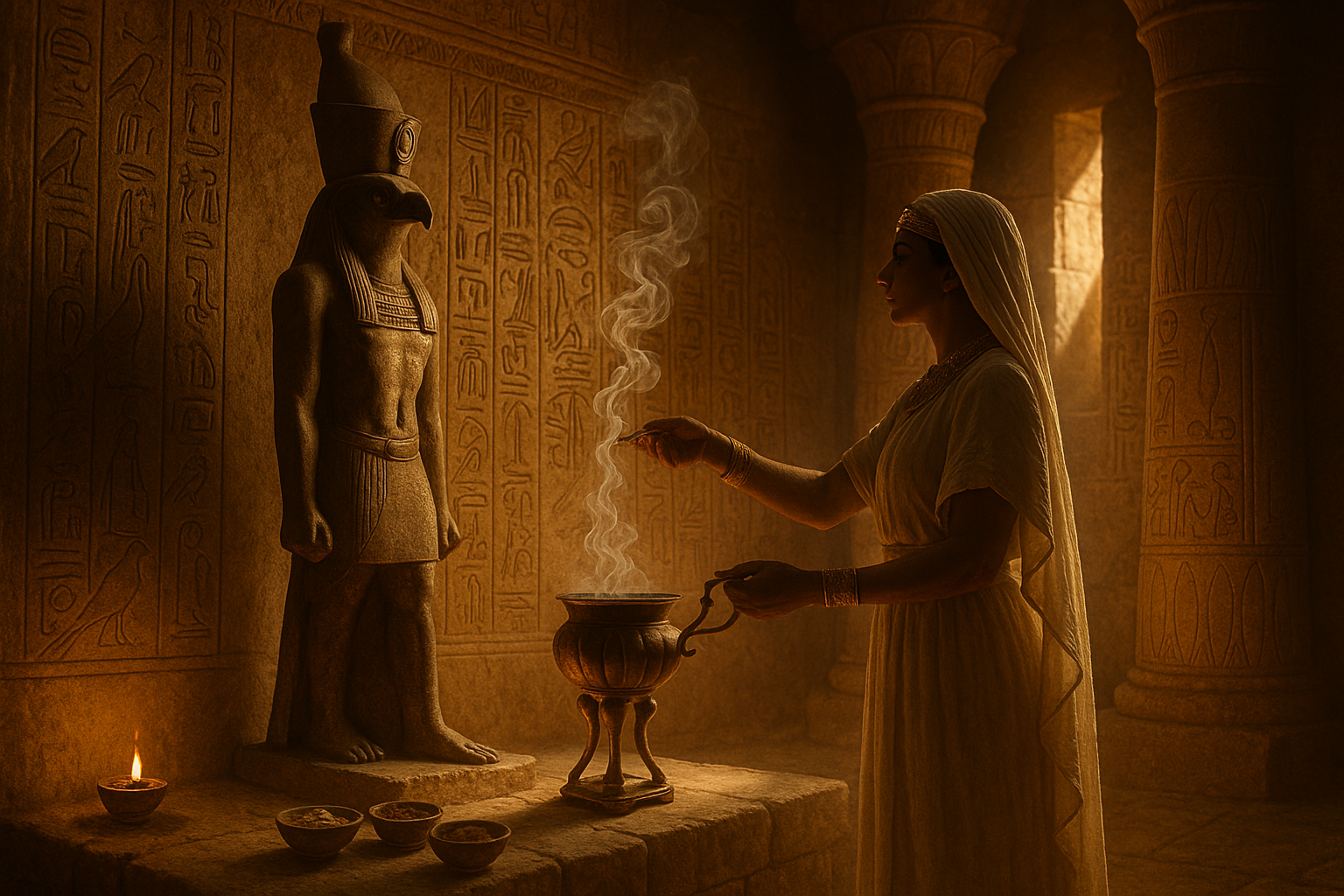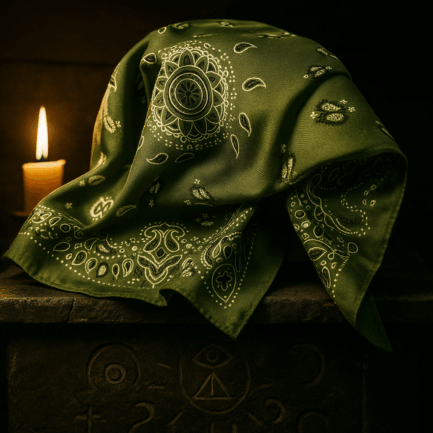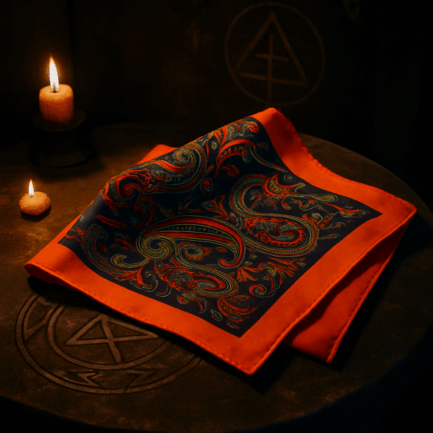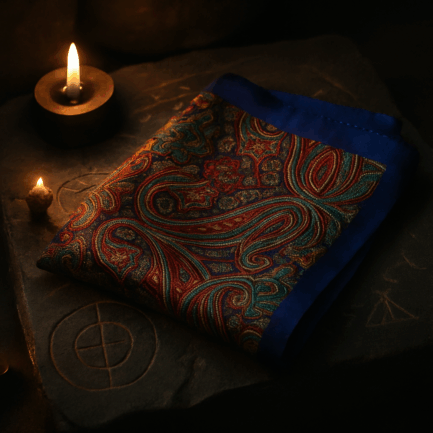For thousands of years, incense has trailed through temples, battlefields, homes, and rituals, its smoke curling through time like a whisper from the past.
Today, it burns quietly in our spaces, carrying with it more than just scent. It carries intent, memory, and mystery.
A History Etched in Smoke
The earliest records of incense trace back over 6,000 years, with roots in ancient Egypt, Mesopotamia, and the Indus Valley. It was used in sacred rites to purify altars, communicate with the gods, and guide spirits to the afterlife. In Egypt, kyphi, a complex blend of herbs and resins, was burned each evening as a balm for both the living and the dead.
The word incense itself comes from the Latin incendere, meaning “to burn.” But beyond function, it symbolized transformation: the moment matter becomes essence.
In the East, particularly China, Japan, and India, incense was elevated into philosophy. In Japanese kōdō (“the Way of Incense”), one does not smell incense. One listens to it. In Vedic rituals, the smoke was believed to carry mantras heavenward, bridging the mundane with the divine.
Uses That Go Beyond Fragrance
Spiritual & Ritual: Still used across faiths, Buddhism, Christianity, Hinduism, and Islam, as an offering, purification, or act of reverence.
Meditation & Mindfulness: Certain scents like sandalwood, frankincense, and agarwood help deepen focus, slow breath, and mark mental thresholds.
Ceremony & Memory: Incense often marks beginnings and endings; a wedding, a funeral, a rite of passage. It’s burned not just to scent a room, but to sanctify it.
Fashion & Identity: In some cultures, specific incense scents are tied to clans, occasions, or personal codes, aromatic signatures worn like unseen cologne.
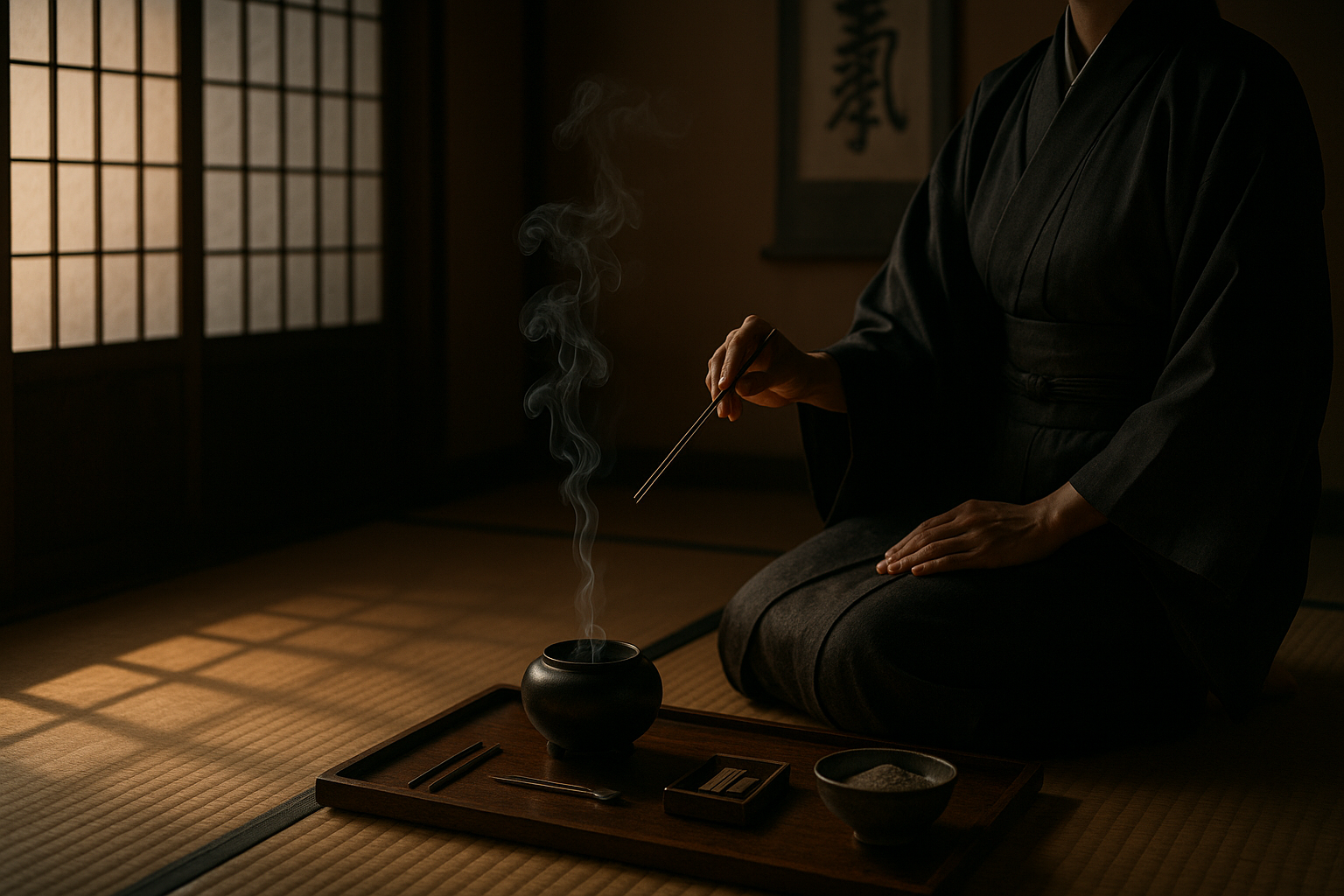
Smoke, as Language
What makes incense unique isn’t just its fragrance, but its form, smoke. Ephemeral, shifting, untouchable. Unlike perfume or candles, incense doesn’t illuminate or linger. It drifts. It disappears. It leaves a trace that is more suggestion than presence.
And in that way, it becomes a perfect metaphor for secrecy, transformation, and presence without noise; values at the core of those who move quietly.
Things You Might Not Know
In ancient Rome, burning incense was so closely tied to divinity that early Christians refused to burn it in protest, which often led to persecution.
Agarwood (oud), one of the rarest incense ingredients, forms only when certain trees are infected with a specific mold, an alchemy of decay and beauty.
Frankincense, once more valuable than gold, was so heavily traded that it shaped caravan routes and economies across Arabia and Africa.
In Japanese kōdō, there are over 30 distinct ways smoke can be described, each term a poetic metaphor for character and perception.
Some modern studies suggest certain incense resins (like frankincense and myrrh) may have mild antidepressant or anti-inflammatory effects.
Incense Today: Ritual, Not Routine
Burning incense isn’t about perfuming the air. It’s a ritual act, a signal that something is about to begin, or end, or simply be remembered. It transforms a room. Not with light or sound, but with silence and scent.
In a world of noise, incense speaks without words.
In a world of speed, it slows the breath.
In a world of excess, it reminds us of the unseen.
So the next time you light incense, don’t just burn it.
Listen to it.

